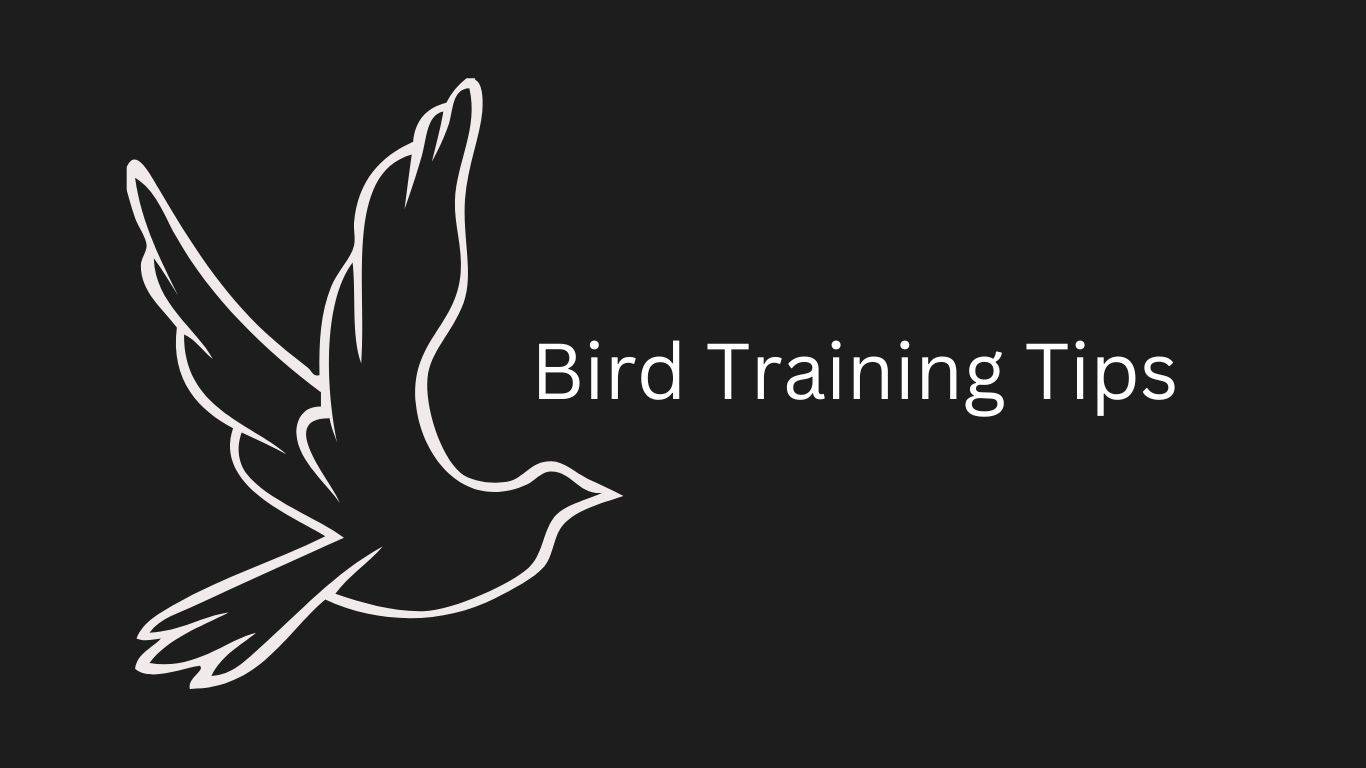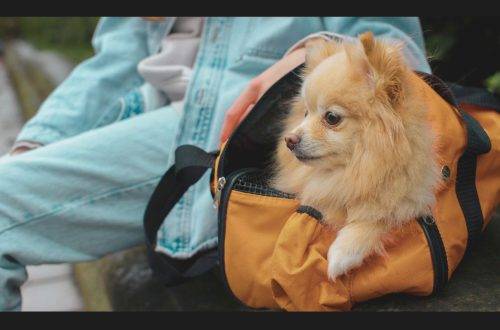
How to train a bird at home
How to train a bird at home?
Training a pet is enjoyable for everyone. Bird training is not only rewarding but also great experience. In this article, we are going to present some rules to train a bird at home. In this article, you will get valuable tips and advice for building and strengthening your trust with your pet birds.
If you can remain consistent, and receptive, and use positive reinforcement, you will be amazed at your bird’s maturation. In this article, we are going to present you step-by-step approach that will ensure training sessions as effective, stress-free, and enjoyable for your avian friend and you.Try to understand that trusting and strong relations with feathered friends are the key to successful training.
So before starting an exciting training journey, you should have an open mind. You also should manage some treats before starting to train a bird at home.
Choosing the Right Bird for Training
Not all birds are responsive to training in the same way. Some birds are more receptive to training like conures, parakeets, and cockatiels. On the other hand, some birds are difficult to train like Amazon Parrots, macaws, cockatoos, and African grey parrots. So, first, you should choose your favorite birds to train. Younger birds are easy to handle and train while older birds aren’t enough easy to train because of their timid personalities.
You have to make your bird trustworthy before you can begin training it. For that, you must build relations and trust with your avian friend. Start by moving slowly and gently toward your bird. To earn your bird’s trust, you should also spend more time with them. You can give your pet bird snacks to foster trust.
Essential Equipment and Setup
A safe and comfortable space is a must for training a pet bird. You should set up a bird-friendly environment with proper cages, toys, perches, and water/food dishes. You should make sure that your bird feels secure in the environment. As a social creature, bird likes to spend time and regular interaction with companions. In order to build a strong bond, you can spend time singing, talking, and playing. It is also important to respect your bird’s boundaries because the bird has personal space preferences. So, allow your bird to approach on its own terms, and don’t force any interactions.
When your bird performs desired actions, you should acknowledge it, give it treats, and give it affection.
This will encourage your bird to do good behaviors.

Method: 1 Train a bird to take up and down steps.
This training will help you establish control over the bird that you own and eliminate its anxiety you. This training will also decrease its territorial behavior. At first, your bird may not feel comfortable immediately. So, it will need to be used in your hand first. You can start by placing a hand near the cage and talking to it gently.
If your birds feel comfortable sitting on your hand, but won’t want to stay on your hand for a long period.
When your pet bird feels comfortable on your hand in the cage, place your finger just like a perch. Then, press your index finger before the lower chest in order to encourage it to step up onto your finger.
Use a vocal signal, such as “step up” or “up,” when you place your finger in front of the bird’s chest.
When your bird steps up onto your finger, just treat it.
Initially, your birds may not understand you. If it runs out from your hand, you can entice it with some spray millet to your finger. Don’t follow your bird with your hand around its cage.
When your bird is perched on your finger, take it out of the cage. When you move your hand outside of its cage, avoid any types of perches and toys. If your bird feels panic and flies off your hand, don’t be surprised. If your bird does this, remain composed and encourage it to take the initiative once more. You have to cease teaching your bird right away if it starts to get tired or upset. When you bring your bird outside of the cage, you should hold it at your chest level.
Move your bird slowly back into the cage as it perches on your finger. Provide your bird with a verbal cue, such as “step down” or “down,” as it goes down. Simply give your bird a reward when it leaves your finger.
Method: 2 Train a bird at home with a Towel
If you want to groom your bird or handle it during injury, Towel training is a must. Lighter-colored towels are better than bright-colored towels. Put the towel on the cage’s bottom first.
Like hand, your bird may not be comfortable immediately with the towel. To get the bird to step on the towel, you may place something valuable on it.
Method: 3 House training
First, choose a command. In addition to strengthening your relationship with your bird, house training will help you read its body language. All members of your house should use the same command. Your bird’s cage may be the obvious place for your bird. If you remove it from the cage, you can release it onto another item, such a newspaper or a trash can. You should do this consistently.
Observe your bird’s body language so that you can understand its requirements. For example, it may crouch its body or move its tail.
When you understand that your bird needs to relieve itself, just command it to step up on the finger and take it to the defecating area. When it relieves itself, give it a verbal reward. Don’t punish your bird if it defecates in the wrong place.
Method: 4 Learn general tips on how to train a bird at home
Let your bird feel comfortable with you. If you do some work like watching TV and reading, these activities will allow your birds to feel comfortable with you. Your bird will also feel more at ease with you if you talk to it quietly.
Your training area should be quiet and free of noise. Shut all the windows and gates and turn off the fans.
Like other pets, your training sessions shouldn’t be long because long sessions may make your bird bored. The training session should not exceed 10 minutes. You can repeat this session 2 or 3 times per day. If your bird shows aggressive behavior like biting, vocalizing, or flapping its wings. At the end of the session, give it some verbal praise or a treat.
Treat is a must to reinforce the positive behavior of your pet bird. Your bird may bite your finger instead of the nut. Hold your index fingers to the treat’s side. Healthy snacks like mangoes, peppers, strawberries, and spray millet are the best treat for birds. You should reserve these treats only for training purposes.
If your bird bites you, you should gently blow a puff of air at its face and say ‘no’.If your bird screams, stand close to it and talk quietly until it calms down.







Average Rating